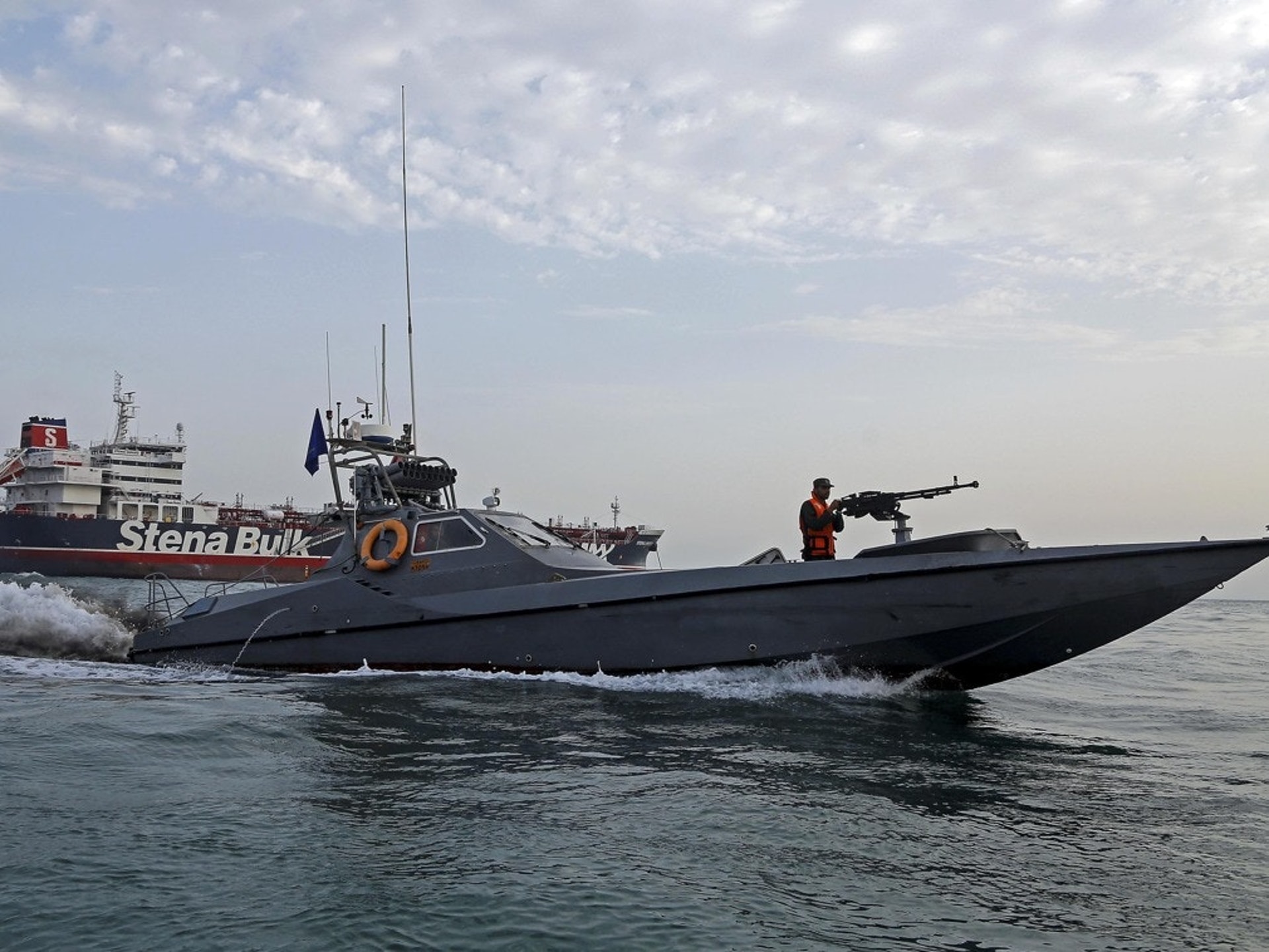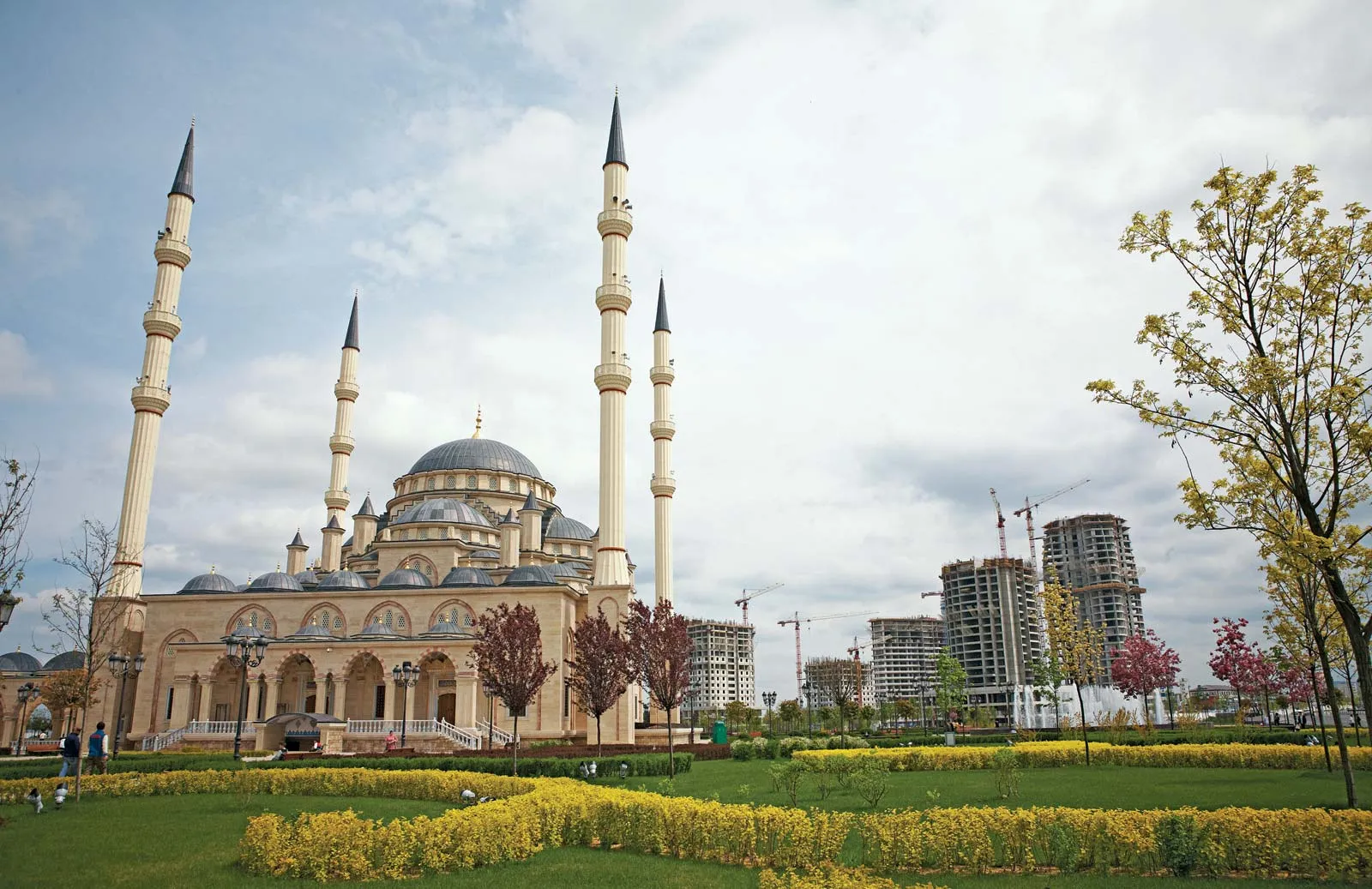As of September 16, local time, the aftermath of the attack on oil facilities in Saudi Arabia, the largest crude oil exporter of the Organization of Petroleum Exporting Countries (OPEC), continues. According to the data, as the oil production affected by the “attack” accounted for half of Saudi Arabia’s current oil production, Saudi Arabia’s oil production and exports were temporarily affected, and global crude oil soared by $10 on the day of the incident.
Earlier on September 16, Brent crude opened up nearly $12, or 19.5%, to $71.95 a barrel, which set the highest point since the index was created in 1988. Another key index of world oil, the US West Texas Intermediate Crude Oil (WTI) also rose more than 11% to $61.23 a barrel.
For a time, after the US Department of Energy has released a message that the Donald Trump government will use emergency crude oil reserves when necessary, the storm caused by the air strikes of the armed “UAV” in Yemen is abrupt.
Indeed, the parties involved in the case are relatively simple, including Saudi Arabia, Yemen and Iran. But when US Secretary of State Mike Pompeo suddenly “condemned the Iranian attack” on the 15th, the United States involved in it also Once triggered the attention of the outside world.
And Trump’s statement, “We know who attacked the Saudi oilfield,” and the immovable attitude so far seems to show the actual position of the United States in this series of melee: Obviously, in the face of a big drama that has just begun, the United States does not Anxious to show their true attitude.
According to satellite images provided by the United States after the bombing of two oil fields in Saudi Arabia, Saudi Arabia’s oil fields were attacked by 19 flying bodies, and 19 hits were in oilfield facilities, but the target of losses was only 14 tanks. 3 pumping stations and 2 oil wells.
For refineries, the goals of tanks and pumping stations can be fixed in a few months. When the UAVs or missiles flying to Saudi Arabia did not target the core targets of the oil field’s atmospheric towers, fluid catalytic cracking units (FCCs), etc., considering that Saudi Arabia established its long-term production cuts at the beginning of mid-September. The plan, suspected of a low-precision strike from Yemen, seems to have helped a lot.
In fact, since the Prince of Saudi Arabia’s royal family Prince Abdulaziz bin Salman was promoted to the position of energy minister, the country has been accelerating its own OPEC and Russia coordinated production reduction plans, many Oil traders and analysts speculate that the Prince’s approach to raising oil prices may be nothing more than “further reductions” or “other strategies”.
As oil prices have fallen from $110 per barrel in 2014 to $55 per barrel in mid-September 2019, Saudi Arabia has begun to suffer from budgetary deficits and foreign exchange evaporation. In April 2016, Saudi Arabia still had $650 billion in foreign exchange reserves. By February 2017, there were only $514 billion. By 2019, it will be reduced to $496.6 billion. Considering that for most of the first nine months of 2019, global crude oil trading prices have been lower than the $70 to $80 per barrel required for Saudi Arabia’s balanced budget. This turmoil is far more profitable for Saudi Arabia than it does.
Of course, even this attack will help accelerate the listing of Saudi Aramco, the state-owned oil company, and help other OPEC countries transform themselves. The Riyadh side and the United States stationed in Saudi Arabia still need to take a bit of an attitude towards this. This led the White House and the Saudi authorities to finally confirm a point on September 14 and confirm that Trump “supports Saudi Arabia in taking self-defense actions” after talking to Saudi Crown Prince Mohammed bin Salman.
But the attitude of the United States has triggered a little extra action. For observers familiar with the ecology of the White House, US Secretary of State Pompeo has always been known for being “good at figuring out” and he is no exception. After Trump made a phone call with Salman on the 14th, Pompeo immediately accused Iran of planning a drone attack on Saudi Aramco’s large oil facility, along with Iran’s denial of the 14th attack. responsible. The limelight of this storm has suddenly increased.
On September 15, the spokespersons of the Iranian Ministry of Foreign Affairs and the Islamic Revolutionary Guards all warned that Iran not only prepared for the “comprehensive” war, but also stressed that “all US bases and their aircraft carriers within 2,000 kilometers of Iran” They are all within the Iranian missile range.
But for the United States, Washington does not want to trigger tensions with Tehran. The Tehran authorities have demonstrated more than once in late July on Washington’s “extreme pressure”. In addition, the United States also had a plan to allow Iranian President Hassan Rouhani to meet with Trump during the UN General Assembly in September, which made the US not want to expand the situation.
Regrettably, the Iranian authorities have indicated on the 16th that Rohani will not meet with Trump at the United Nations. In addition, the Hussein armed forces in Yemen also called the attack on the Saudi oil field the result of “the participation of people with lofty ideals in Saudi Arabia.” Considering that the current oil price is already close to the “80 US dollars per barrel” level, and gradually meet the standards set by the Saudi authorities for the listing of Aramco, and the confrontation between the US and Iraq may also increase the price of oil, which determines the Trump authorities. In the face of this storm, I will continue to choose to stay calm and wait for the end of the prologue to start.











